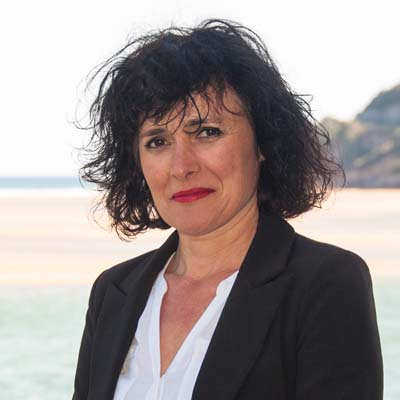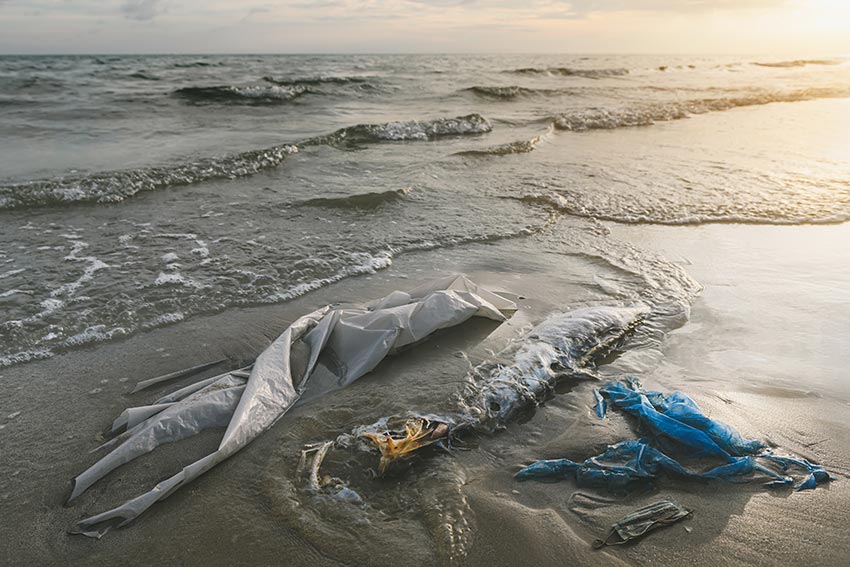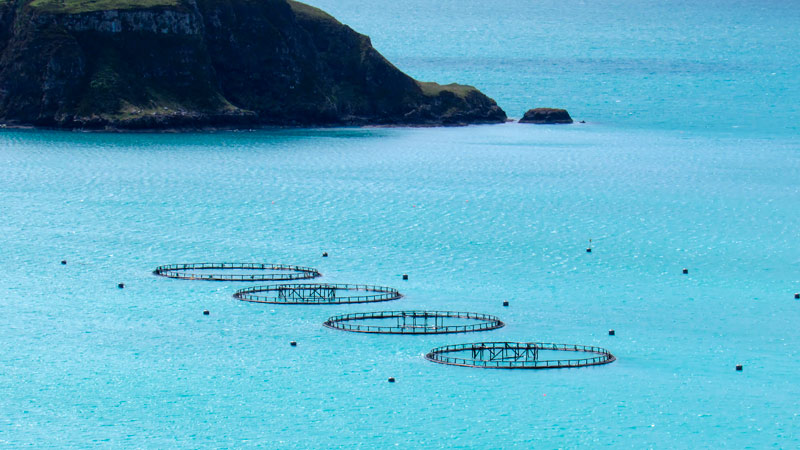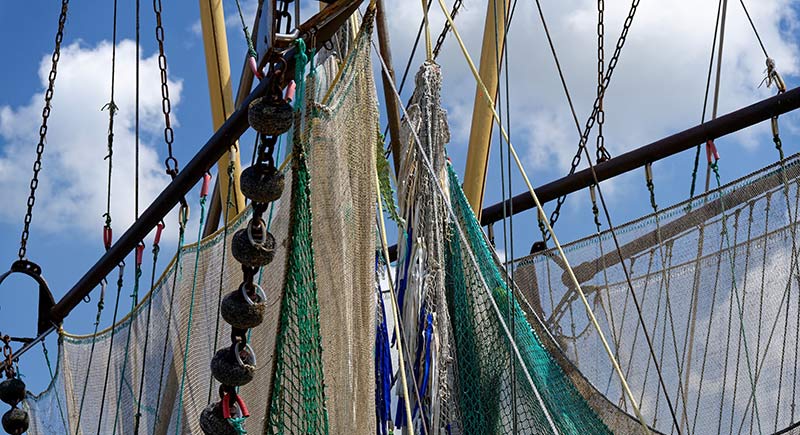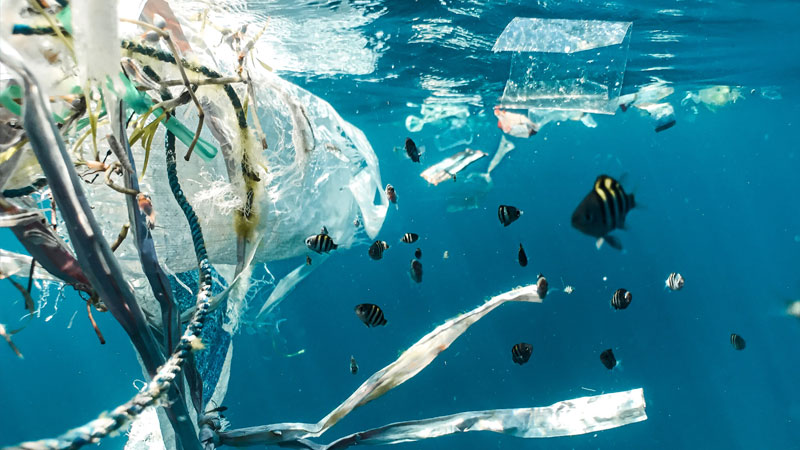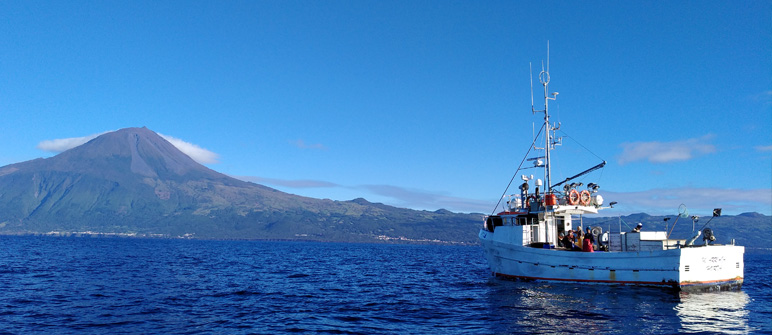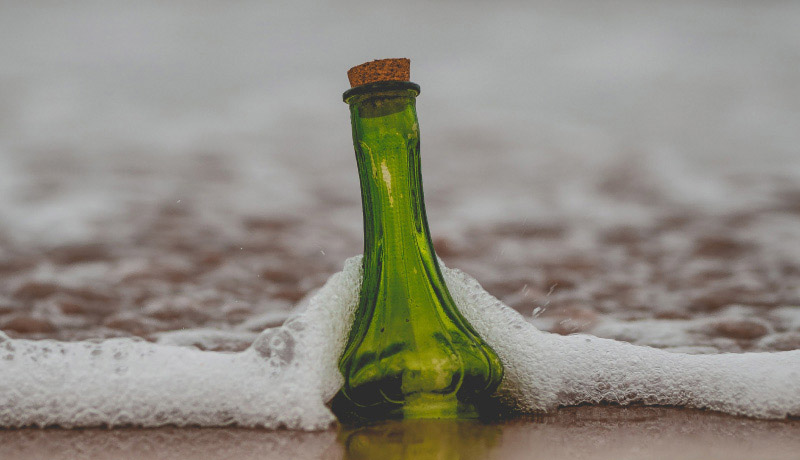TRANSEATION
Advancing Ecosystem-Based Management through Hybrid Blue-Grey Infrastructures in Marine and Coastal Areas
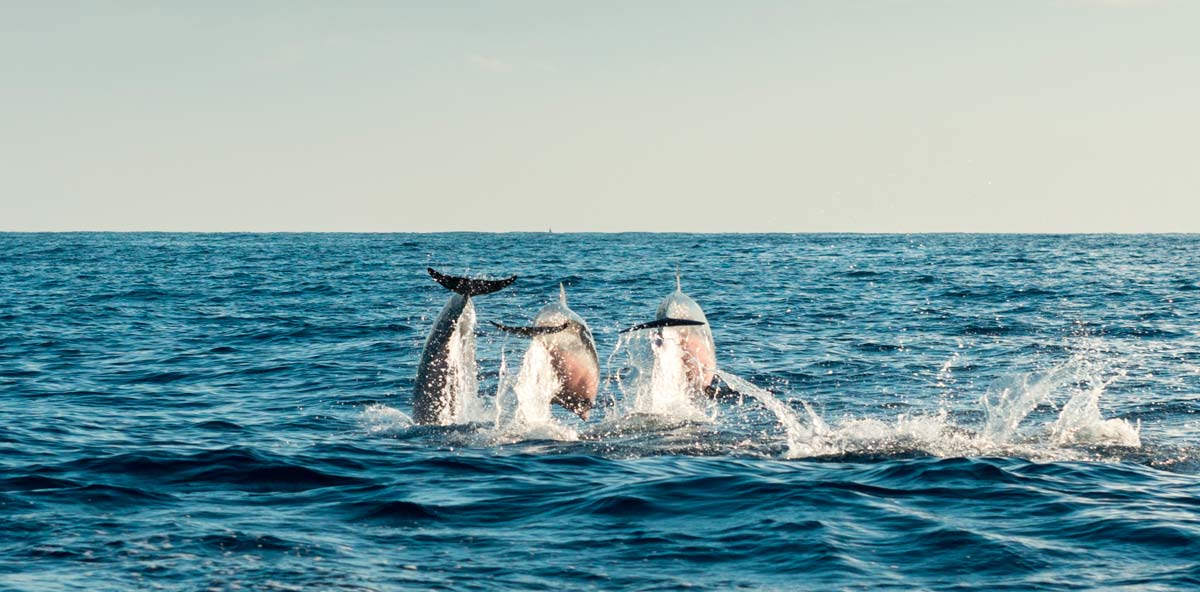
Context
The biodiversity crisis has been overlooked for too long. As UN Secretary-General António Guterres warned in 2020, humanity is waging war on nature, making conservation and restoration a top priority. Despite increasing restoration efforts, many projects are short-term, limiting their ability to demonstrate ecosystem recovery and attract investment.
To address this, the European Commission has launched policies promoting Nature-based Solutions (NbS), which integrate environmental, social, and economic benefits. Meanwhile, coastal infrastructure expansion—driven by urbanization, climate adaptation, and offshore energy—continues to replace natural ecosystems.
Hybrid blue-grey NbS offer a transformative solution by integrating natural processes into infrastructure design. This approach balances development with biodiversity conservation, supporting ecosystem-based management (EBM). The TRANSEATION initiative aims to advance hybrid NbS, paving the way for a nature-positive economy by 2030.
Objectives
The TRANSEATION main objective is to demonstrate the effectiveness of marine and coastal hybrid blue-grey infrastructures and validate a new level of ecosystem-based management combining nature-based solutions, social implication digitalization to the protection and restoration of marine ecosystem health and services.
In addition, this project implements three user cases towards marine and coastal infrastructures, considering the different life cycle stages. Then, the following 5 specific objectives are identified:
- To apply Ecosystem-Based Management (EBM) through a system approach. This involves integrating hybrid Nature-based Solutions (NbS) into marine and coastal infrastructures. The aim is to support the preservation and restoration of marine biodiversity and ecosystem services, while simultaneously addressing multiple social challenges, including environmental, social, and economic benefits.
- To demonstrate the effectiveness of three types of coastal and marine infrastructures as hybrid NbS. These infrastructures are designed to preserve ecosystems and support their restoration, taking into account their potential for replication and scaling up.
- To identify limiting factors, gaps, and current issues of the existing Leadership in Energy and Environmental Design (LEED) initiative regarding “blue building”, a concept that recognizes water as the source of all life versus any other media carrying energy. This involves establishing connections with previous projects to learn from their experiences.
- To conduct an analysis in order to understand the benefits and potential trade-offs of these hybrid solutions in the short and long term. This is crucial for the protection and restoration of marine biodiversity and ecosystem services
- To employ digital solutions for the monitoring and analysis of marine and coastal infrastructures. This also includes fostering social involvement in these efforts, ensuring that the community is actively engaged in the project’s initiatives.
Project Outputs
- Output 1: A verified Ecosystem-Based Management framework for future marine and coastal infrastructures supporting restoration of marine ecosystem health and services.
- Output 2: Two coastal protection infrastructures as hybrid blue-grey NbS.
- Output 3: An offshore wind energy infrastructure as hybrid blue-grey NbS.
- Output 4: Two low trophic aquaculture infrastructure as hybrid blue-grey NbS.
- Output 5: A regenerative building program for marine infrastructures.
AZTI´s role
AZTI plays a key role in the project, leading two of the four demonstrators, focused on the development of Low-Trophic Aquaculture through the cultivation of mussels and macroalgae. These demonstrators provide low-impact, more sustainable and environmentally friendly production models. In addition, AZTI will promote more sustainable cultivation practices through the implementation of bio-based ropes (biogears), which represent a more eco-efficient solution compared to conventional ropes made from fossil-based plastics. This initiative seeks to reduce the environmental footprint of production, reinforcing AZTI’s commitment to sustainability and minimizing the impacts of aquaculture.
More info: transeation-europeanproject.eu
| Partners |
ASOCIACION CENTRO TECNOLOGICO NAVAL Y DEL MAR ES (Coordinator), AZTI, SPOTTERON GMBH, OCEAN ECOSTRUCTURES, CENTRO EURO-MEDITERRANEOSUI CAMBIA, GAIKER, LEIBNIZ-INSTITUT FUR OSTSEEFORSCHUNG WARNEMUND, ITSASKORDA, ECO OCEAN, DANMARKS TEKNISKE UNIVERSITET, SAITEC, UNIVERSITY OF HAIFA, Green Living Projects, SINTEF OCEAN, GEOCORAIL SAS, Liad Israel (Associated) |
| Duration |
2024-2027 |
| Funding |
This project has received funding from the European Union’s Horizon Europe innovation programme |

